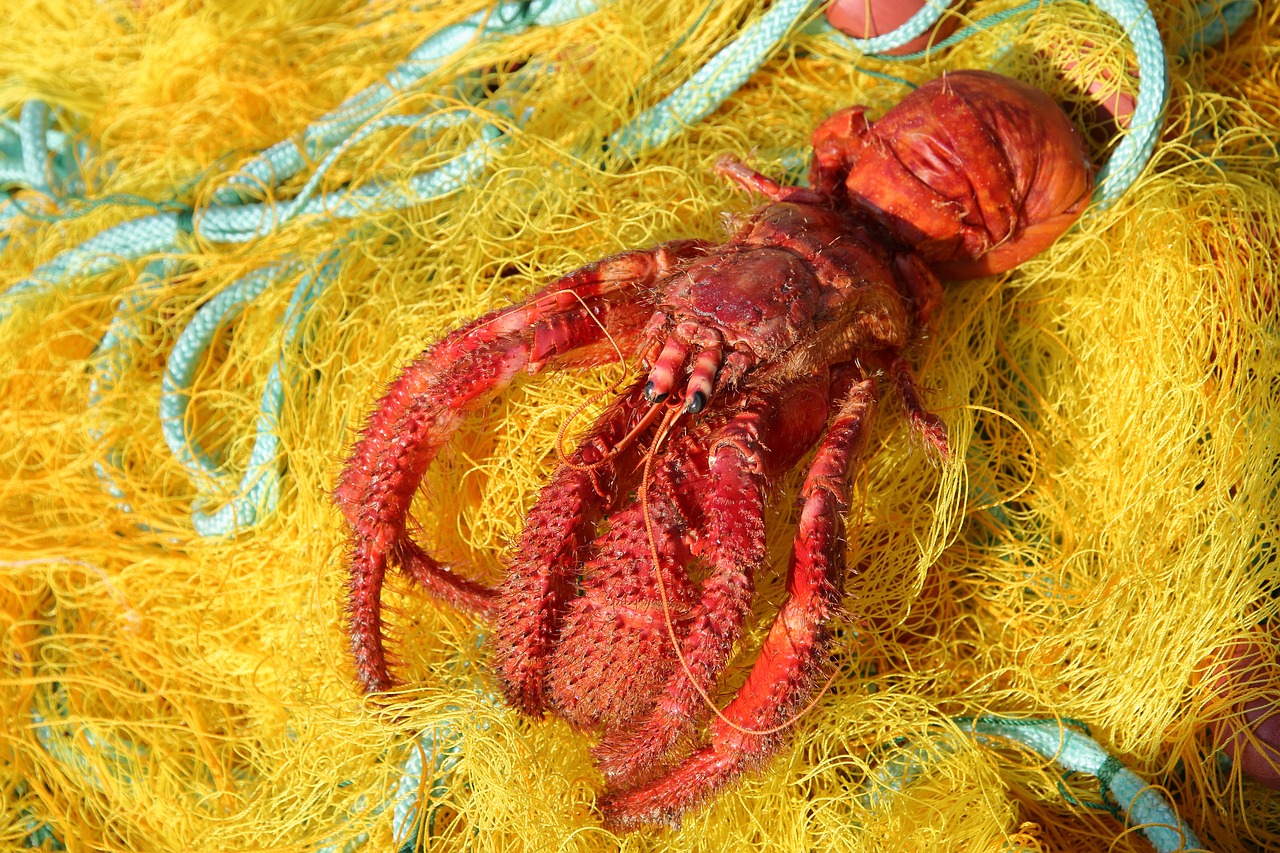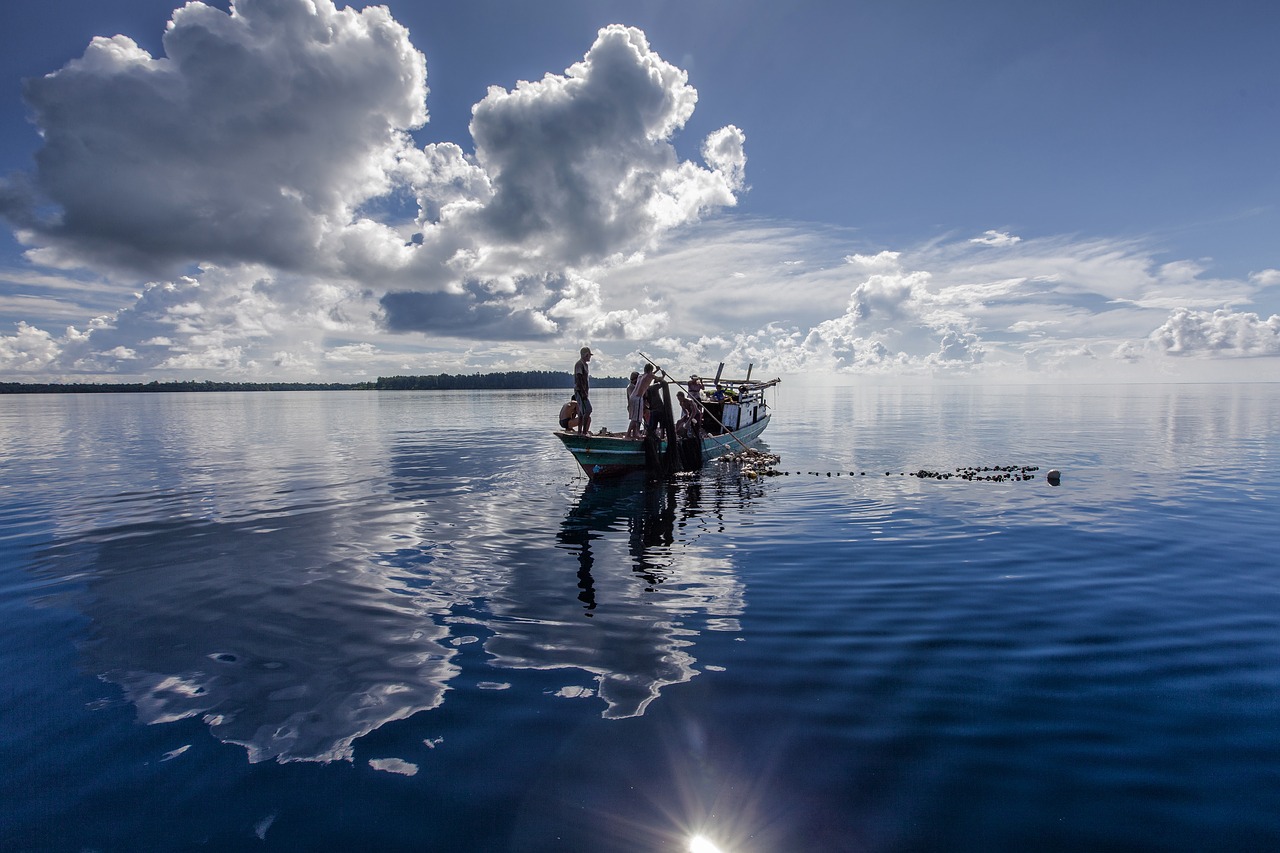
Bycatch is one of the biggest problems faced by modern fisheries. Analysts estimate that bycatch may account for as much as 40 percent of the world’s catch, amounting to 63 billion pounds of accidentally landed marine life each year.
Here we look at how serious the problem is and what we can do about it.
Bycatch is non-target marine life caught by accident.
Bycatch is detrimental to both the environment and fishing economies. Experts estimate that fisheries discard between 17 percent and 22 percent of United States catch as bycatch.
The problem is, by the time fisheries release bycatch back into the ocean, the fish are already dead or dying. Alarmingly, many fisheries admit that they have to discard more bycatch than the target fish they return to port with.
Marine life may be discarded because it is the wrong species, or it may be the right species, but the wrong size. Fisheries have strict quotas they must adhere to, and so must return any unauthorized catch to the water.

Bycatch affects many different marine species.
Marine turtles have dramatically dropped in numbers over the last century. Fisheries land hundreds of thousands of marine turtles as bycatch globally each year. Shrimp trawlers, gillnets, longlines, and purse-seine nets are particularly dangerous to marine turtles. Conservationists classify 6 out of the 7 marine turtle species as critically endangered, endangered, or vulnerable. It is beyond doubt that current marine turtle stocks are inadequate to sustain current bycatch rates.
Cetaceans also form a significant proportion of global bycatch, with around 300,000 dolphins, porpoises, and small whales dying every year after becoming entangled in fishing gear. This effectively equates to one death every two minutes.
Accidental capture is the single biggest killer of small cetaceans. Though large whales are usually able to break free, they can suffer life-threatening injuries in the process.
Young fish are also threatened by accidental capture, with many fisheries around the world forced to discard undersize fish. Many of these juveniles do not survive. This loss of future breeding fish contributes to the depletion of global fish stocks.
Sharks are often accidentally caught by fisheries, particularly those that use nets. Marine biologists estimate that up to 50 percent of sharks caught each year are landed accidentally as bycatch.
In the Pacific Ocean, approximately 3.3 million sharks are accidentally caught on longlines every year. Sharks form the largest proportion of bycatch in major high seas fisheries. Many shark species are already vulnerable because of over-fishing and a comparatively slow reproductive rate. Many shark species have declined drastically in recent years as a result.
Corals are particularly susceptible to bottom trawling. Some coral species are extremely slow growing, meaning that even one trawler pass may inflict long-lasting damage. Research shows that coral populations in seamounts off Australia have declined by 90 percent because of trawler fishing.
Other negatively impacted species include various types of invertebrates. Sea urchins, sponges, crabs, starfish, and other bottom-dwelling creatures are all landed by trawlers targeting scallops, lobster, and shrimp.
Seabirds form a significant proportion of bycatch, with shearwaters, petrels, penguins, and albatrosses commonly affected. Experts warn that these deaths threaten 26 seabird species with extinction, including 18 albatross species.
Conservationists, fisheries, and policymakers are committed to reducing bycatch.
Bycatch benefits no one. The United States fishing industry is working with conservationists, researchers, and governments worldwide on strategies to reduce, if not eliminate, bycatch.
US legislation has been strengthened to specifically target the issue of bycatch. The US National Oceanic and Atmospheric Administration (NOAA) is looking into the potential of specially adapted fishing equipment to reduce accidental capture of non-target species.
Researchers are currently exploring the effectiveness of special illuminated gillnets in reducing accidental capture of sea turtles and other protected species. The practice involves attaching special LED lights to fishing nets, which will increase their visibility to sea turtles, thereby reducing bycatch.
Gillnets are effectively a wall of net in which fish and other marine life become entangled. They are commonly used in the fishing industry and are popular throughout the world.
Sea turtles are one of the most common bycatch species for gillnet fisheries. Other affected marine life includes sharks, seabirds, and certain marine mammals.
Studies comparing illuminated versions with traditional gillnets suggest that significant reductions in sea turtle bycatch can be achieved without impairing effectiveness at capturing the target fish.
In Mexico, studies showed this method reduced green sea turtle bycatch by up to 60 percent, while studies in Peru suggest up to 80 percent effectiveness in reducing green sea turtle bycatch.
Neither study indicated that the practice was detrimental to the target haul. Many view this breakthrough as a potential win-win situation for both sea turtles and fisheries, reducing the time fishermen need to set aside extracting bycatch from gillnets while at the same time protecting the worldwide sea turtle population.
